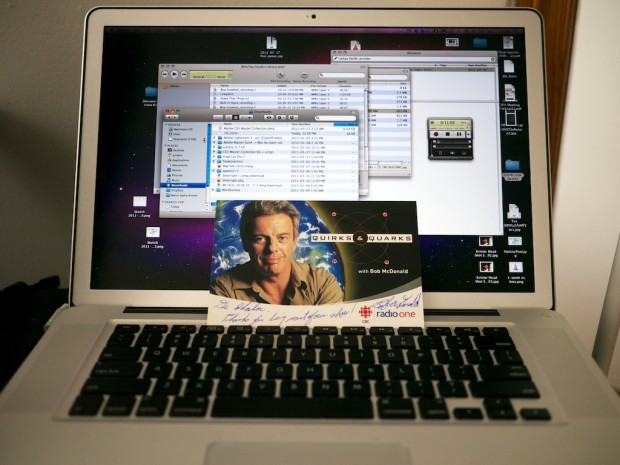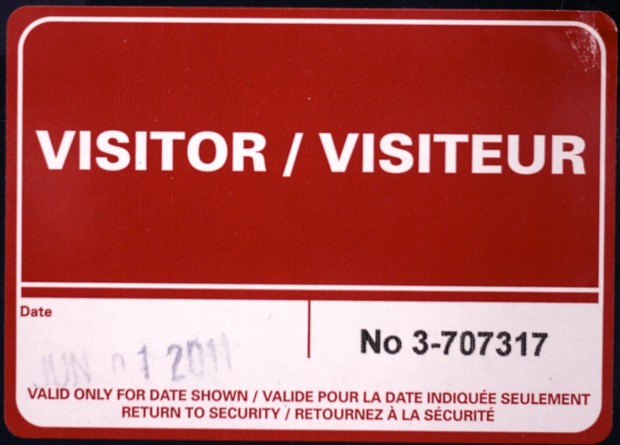
There has been an overwhelming response to the passing of Steve Jobs. Here are some of the things that have been said that I have found moving.
Walt Mossberg from All Things Digital has put together a collection of anectodes about his various encounters with Steve. My favourite is about the infamous meeting of Steve Jobs and Bill Gates at the fifth All Things Digital conference:
For our fifth D conference, both Steve and his longtime rival, the brilliant Bill Gates, surprisingly agreed to a joint appearance, their first extended onstage joint interview ever. But it almost got derailed.
Earlier in the day, before Gates arrived, I did a solo onstage interview with Jobs, and asked him what it was like to be a major Windows developer, since Apple’s iTunes program was by then installed on hundreds of millions of Windows PCs. He quipped: “It’s like giving a glass of ice water to someone in Hell.” When Gates later arrived and heard about the comment, he was, naturally, enraged, because my partner Kara Swisher and I had assured both men that we hoped to keep the joint session on a high plane.
In a pre-interview meeting, Gates said to Jobs: “So I guess I’m the representative from Hell.” Jobs merely handed Gates a cold bottle of water he was carrying. The tension was broken, and the interview was a triumph, with both men acting like statesmen. When it was over, the audience rose in a standing ovation, some of them in tears.
Daring Fireball's John Gruber posts this beautifully written memory of seeing Jobs at WWDC this past summer with a grass stain on his sneakers:
I like to think that in the run-up to his final keynote, Steve made time for a long, peaceful walk. Somewhere beautiful, where there are no footpaths and the grass grows thick. Hand-in-hand with his wife and family, the sun warm on their backs, smiles on their faces, love in their hearts, at peace with their fate.
The front page of Wired.com has a series of tributes to Steve Jobs from various technology titans, including this from Bill Gates:
"The world rarely sees someone who has had the profound impact Steve has had, the effects of which will be felt for many generations to come. For those of us lucky enough to get to work with him, it's been an insanely great honor. I will miss Steve immensely." — Bill Gates
Arstechnica is running an article called The first time I used an Apple computer was... that the various staff members are contributing to. Here is an excerpt from Ryan Paul, Arstechnica's Open Source Editor:
I went through several boxed sets of Lord of the Rings over the years, reading them with love until they fall apart. My Apple II has fared better—it is still fully functional after all this time. I kept it as a memento of the challenges I overcame when I learned to program. But after Steve’s words encouraged me to think about the joy that the Apple II brought me in my childhood, it has become a much more powerful symbol. It is the light that holds back the bitter cynicism that I’ve accumulated with age. It reminds me that magic still exists, as long as we believe.
John Siracusa, also from Arstechnica, has a touching story about the photo of the original Macintosh team he had hanging on his wall as he grew up:
In a post-Steve-Jobs world, there is no longer an excuse for large corporations to be less bold than start-ups. Elegance, character, artistic integrity, and ruthless dedication to design can no longer be derided as luxuries of those who don't have anything to lose. Apple is now one of the largest, most successful companies in the world, but it still behaves as if all of its employees could fit in a 9x7-inch photo.
Finally, there is the commercial The Crazy Ones produced in 1997. Originally Steve Jobs was to narrate the commercial, but the aired version was done by Richard Dreyfuss. Here is the never aired Steve Jobs take.































